Eastern Diamondback Rattlesnake - Crotalus adamenteus
This was once a common species across its range, especially in Florida. But after decades of habitat loss, road mortality, and intentional killing this species has declined drastically and is now rare compared to how common it used to be. They can still be found where good, intact exists. Diamondbacks prefer sandy habitats including pine/wiregrass ecosystems, pine flatwoods, oak hammocks, and even scrub habitats.
Pine ecosystems in the southeast such as the one above are fire dependent. Well managed pinelands are burned every few years to promote the growth of native grasses, trees, and plants. In fact, many of the pine species of the southeast only disperse their seeds when a fire moved through. In order to take cover from fire, some species depend on one species of reptile that builds it's own retreat. The burrows of this species are known to serve as retreats for over one hundred animal species including the Eastern Diamondback Rattlesnake, Eastern Indigo Snake, and Gopher Frog.
Gopher Tortoise - Gopherus polyphemus
Routinely, I see one or two Gopher Tortoises every time I visit Florida. A large preserve near my grandparents' house has a pretty sizeable population. Like other Northern American tortoise species, Gopher Tortoises make their own burrows. Their powerful front legs are great for digging in the loose sandy soils of Florida. Burrows can be up to 40 feet and length, and descend ten feet underground at an angle. This gives the Gopher Tortoise an easy retreat from an intruder, predator, or just high temperatures. One of the problems with Florida is the amount of development that goes on every year, and more and more roads are added to the area. One of the biggest threats Florida herps face is road mortality. Every year I see tons of DOR herps on Florida roadways, particularly snakes & turtles. Sometimes if you're lucky, you can find stuff while it's still alive...
Canebrake Rattlesnake - Crotalus horridus
This "Canebrake" Rattlesnake was found crossing a forest road in the late afternoon in northern Florida. As you can see in the background of the photograph, traffic is an ever present danger for reptiles & amphibians in Florida. During this day trip in June to northern Florida, we found several DOR species including pigmy rattlesnakes, black racers, cottonmouths, florida box turtles, corn snakes, and water snakes. Besides finding herps on roads and in pinelands, one of my favorite place to trump around are cypress swamps.
These often flooded habitats are dominated by Cypress & Tupelo, and are home to a wide variety of herpetofauna. One of my favorite ways to explore these places is by night with a headlamp. It sounds crazy, but these areas take on a completely different identity at night and come alive with the sounds of the southern swamps. There's one species of snake that is a common inhabitant of these areas, and is one of my favorites.
Florida Cottonmouth - Agkistrodon piscivorus conanti
To many herpers, the cottonmouth is considered to be a trash snake mostly because it can be extremely common. For me however, I always relish the opportunity to find and photograph one on the field as I don't often venture into their range. Many southerners and ignorant people in general claim this is an extremely volatile species that will bite with no warning and even chase humans. I've literally seen hundreds of these snakes and I've never really found one to be aggressive. There's been a few instances where I've stepped within a foot of a cottonmouth, and each time the snakes never even budged. To me, the reputation is ill deserved and most people just exaggerate stories of this snake.
As the sun sets on another day here in Michigan, it means I'm another day closer to Florida. I can only hope that the coming weeks will pass quickly so I can once again lace up my hiking boots, get my snake hook, and grab my camera to kick off another field season. I can only hope that some new surprises and some familiar finds will be in store. Until then, happy herping!

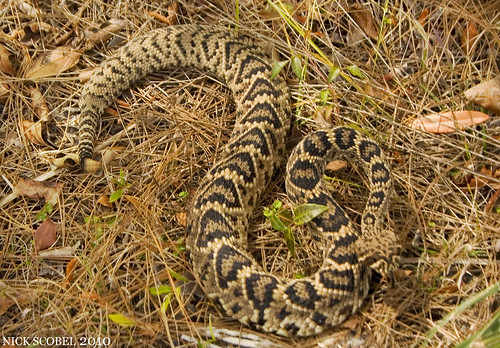

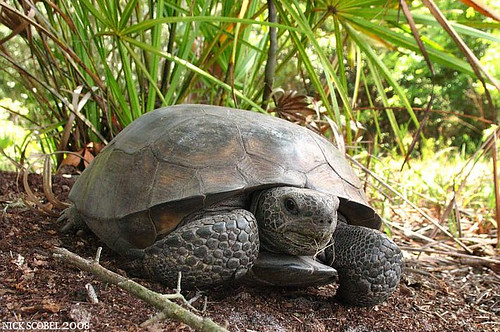
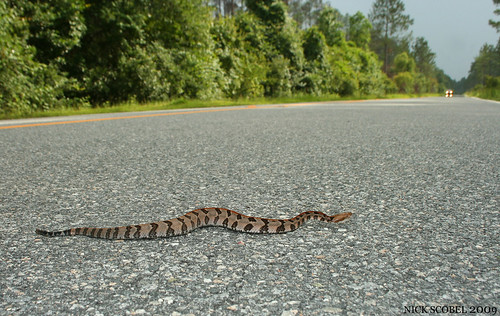
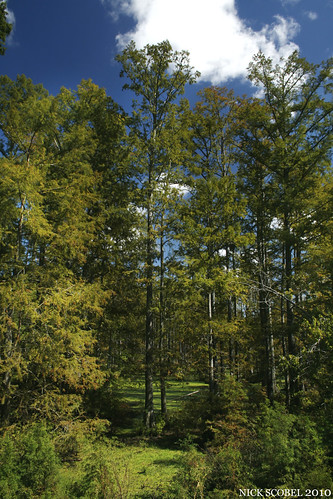
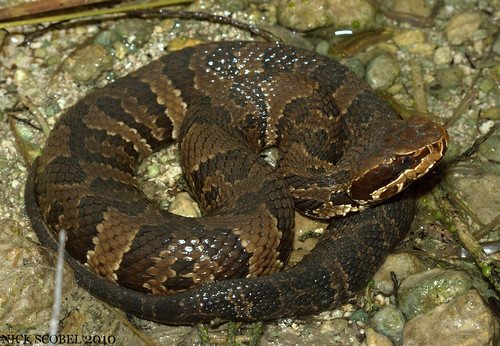
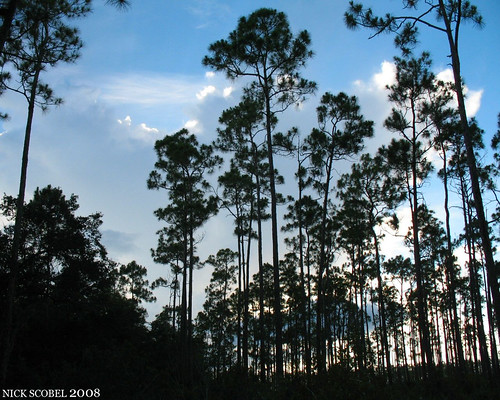
No comments:
Post a Comment